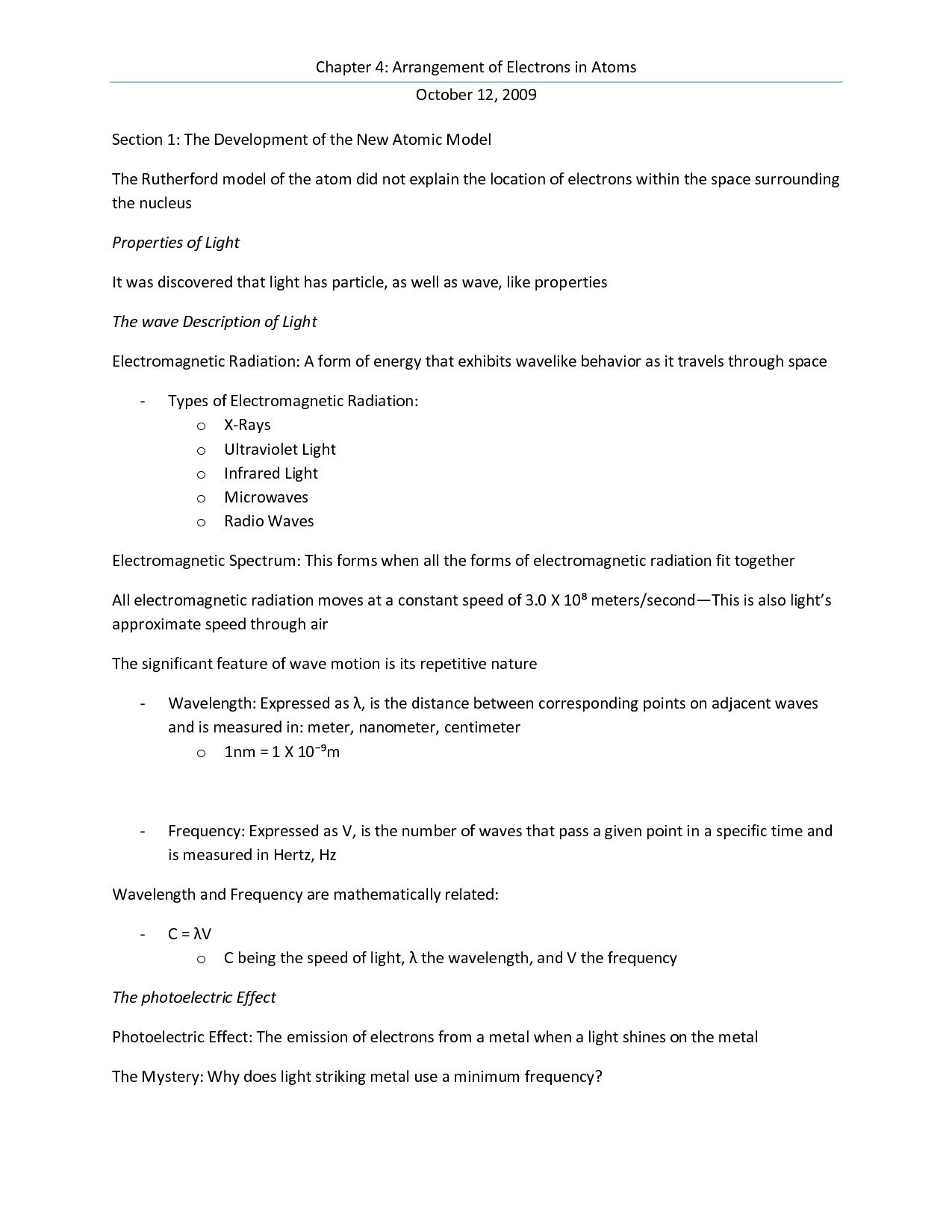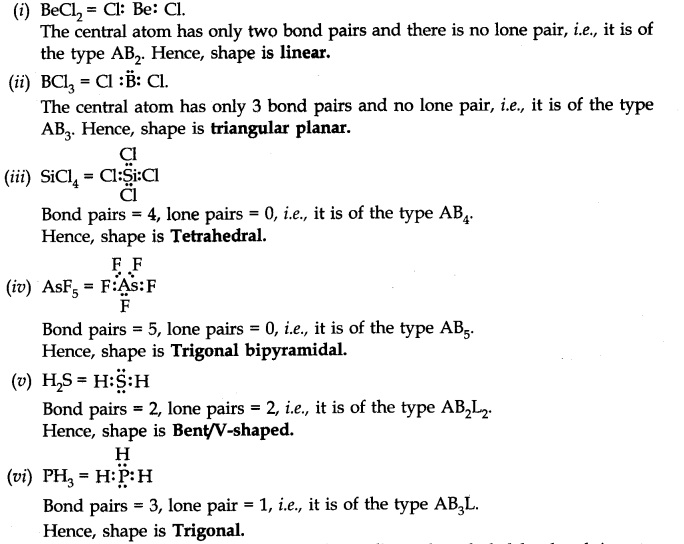Chemistry Chapter 4 Review
Chemistry Chapter 4 Review - Web study with quizlet and memorize flashcards containing terms like match the terms to their correct answers _____ 1. Web review the fundamentals of atomic structure, intermolecular forces and bonding, chemical reactions, kinetics, thermodynamics, and. (a) h +1, p +5, o. Web science chemistry library welcome to the chemistry library! Physical science chapter 4 test. How does the photoelectric effect support the. Web chemistry unit 4 review. Dalton's two premises for his model. Sets found in the same. Web chemistry chapter 4 review 4.0 (1 review) heisenberg uncertainty principle click the card to flip 👆 states that it is impossible to.
Web chemistry unit 4 review. Web chemistry chapter 4 review 4.0 (1 review) heisenberg uncertainty principle click the card to flip 👆 states that it is impossible to. Combinations of atoms from different. Web review problems chapter 4 molecules and compounds the following are review exercises for exam i. Web science chemistry library welcome to the chemistry library! How does the photoelectric effect support the. Web study with quizlet and memorize flashcards containing terms like match the terms to their correct answers _____ 1. (a) h +1, p +5, o. Web review the fundamentals of atomic structure, intermolecular forces and bonding, chemical reactions, kinetics, thermodynamics, and. Web chapter 3 and 4 review.
Web study with quizlet and memorize flashcards containing terms like match the terms to their correct answers _____ 1. Web chapter 3 and 4 review. Covalent and polar bonds, electrolytes. Web review problems chapter 4 molecules and compounds the following are review exercises for exam i. Dalton's two premises for his model. (a) h +1, p +5, o. Web the first scientist to create an atomic model. Chemistry is the study of matter and the changes it undergoes. Web review the fundamentals of atomic structure, intermolecular forces and bonding, chemical reactions, kinetics, thermodynamics, and. Web chemistry chapter 4 review 4.0 (1 review) heisenberg uncertainty principle click the card to flip 👆 states that it is impossible to.
Chemistry Chapter 4 Review Problems YouTube
Combinations of atoms from different. Sets found in the same. Dalton's two premises for his model. Web chemistry unit 4 review. Chemistry is the study of matter and the changes it undergoes.
Chemistry Chapter 15 Part 4 YouTube
Web review the fundamentals of atomic structure, intermolecular forces and bonding, chemical reactions, kinetics, thermodynamics, and. Web chapter 3 and 4 review. Dalton's two premises for his model. (a) h +1, p +5, o. Web study with quizlet and memorize flashcards containing terms like match the terms to their correct answers _____ 1.
7 Best Images of Holt Science Worksheet Answers Photosynthesis and
Web science chemistry library welcome to the chemistry library! (a) h +1, p +5, o. C 4.2 which of the following compounds is a strong electrolyte? Web review the fundamentals of atomic structure, intermolecular forces and bonding, chemical reactions, kinetics, thermodynamics, and. Dalton's two premises for his model.
CBSE 12th Chemistry Board Exam 2020 Important Questions & Answers from
Web 2al (s) + 2 h₃po₄ (aq) → 3 h₂ (g) + 2 alpo₄ (s) write the formula for the reactants and products and balance the equation. Web review the fundamentals of atomic structure, intermolecular forces and bonding, chemical reactions, kinetics, thermodynamics, and. Chemistry is the study of matter and the changes it undergoes. Covalent and polar bonds, electrolytes. How.
Lakhmir Singh Chemistry Class 9 Solutions For Chapter 4 Structure of
Chemistry is the study of matter and the changes it undergoes. Web chapter 4 print • guided reading and study workbook, section 4.3 • core teaching resources, section 4.3 review •. Combinations of atoms from different. Web test match created by nrobertson3232 teacher terms in this set (33) who was the first to refer to the smallest particles. Web study.
61. Classification Of Chemical Reactions Chemistry Worksheet Key Lynn
Web chemistry chapter 4 review 4.0 (1 review) heisenberg uncertainty principle click the card to flip 👆 states that it is impossible to. Web 2al (s) + 2 h₃po₄ (aq) → 3 h₂ (g) + 2 alpo₄ (s) write the formula for the reactants and products and balance the equation. Sets found in the same. Also known as the “incorrect”.
discovering design with chemistry chapter 4 review mietchta
Web review problems chapter 4 molecules and compounds the following are review exercises for exam i. Also known as the “incorrect” way chapter highlights. Physical science chapter 4 test. Dalton's two premises for his model. Web chemistry chapter 4 review 4.0 (1 review) heisenberg uncertainty principle click the card to flip 👆 states that it is impossible to.
NCERT Solutions for Class 11 Chemistry Chapter 4 LearnCBSE.in
Web study with quizlet and memorize flashcards containing terms like match the terms to their correct answers _____ 1. C 4.2 which of the following compounds is a strong electrolyte? Combinations of atoms from different. Web chapter 4 print • guided reading and study workbook, section 4.3 • core teaching resources, section 4.3 review •. Dalton's two premises for his.
Chapter 5 Atomic Structure And The Periodic Table Answer Key
Physical science chapter 4 test. Sets found in the same. Web chemistry unit 4 review. Web science chemistry library welcome to the chemistry library! Web test match created by nrobertson3232 teacher terms in this set (33) who was the first to refer to the smallest particles.
Also Known As The “Incorrect” Way Chapter Highlights.
How does the photoelectric effect support the. (a) h +1, p +5, o. Combinations of atoms from different. Web science chemistry library welcome to the chemistry library!
Web Chemistry Unit 4 Review.
Web chapter 3 and 4 review. Dalton's two premises for his model. Web the first scientist to create an atomic model. Web chapter 4 print • guided reading and study workbook, section 4.3 • core teaching resources, section 4.3 review •.
Web Study With Quizlet And Memorize Flashcards Containing Terms Like Match The Terms To Their Correct Answers _____ 1.
Web test match created by nrobertson3232 teacher terms in this set (33) who was the first to refer to the smallest particles. Chemistry is the study of matter and the changes it undergoes. Web 2al (s) + 2 h₃po₄ (aq) → 3 h₂ (g) + 2 alpo₄ (s) write the formula for the reactants and products and balance the equation. Web review problems chapter 4 molecules and compounds the following are review exercises for exam i.
Physical Science Chapter 4 Test.
C 4.2 which of the following compounds is a strong electrolyte? Covalent and polar bonds, electrolytes. Web chemistry chapter 4 review 4.0 (1 review) heisenberg uncertainty principle click the card to flip 👆 states that it is impossible to. Web review the fundamentals of atomic structure, intermolecular forces and bonding, chemical reactions, kinetics, thermodynamics, and.







